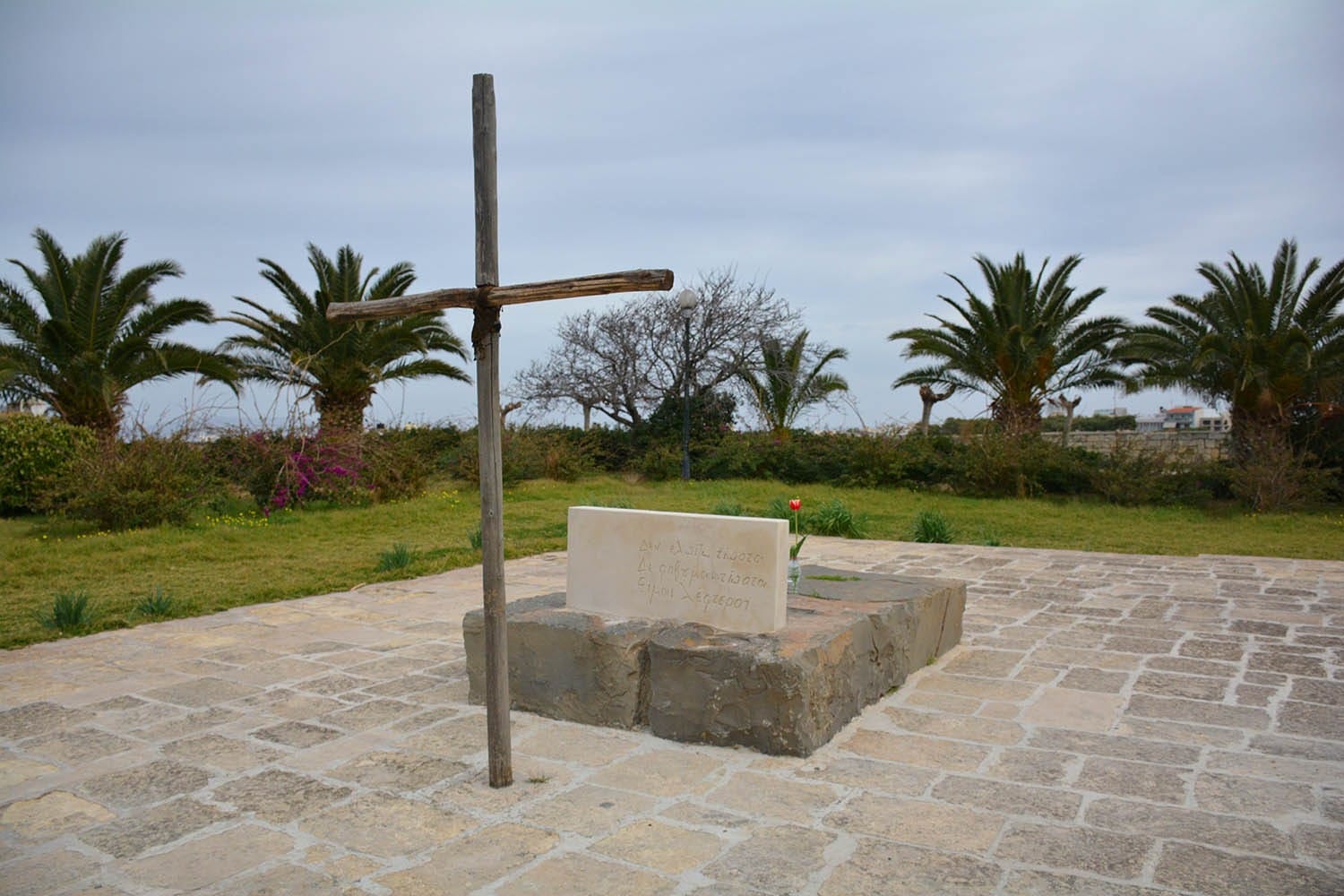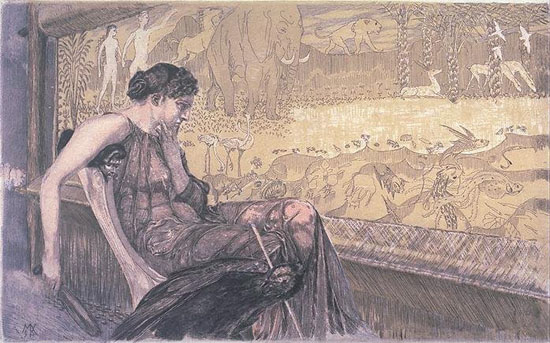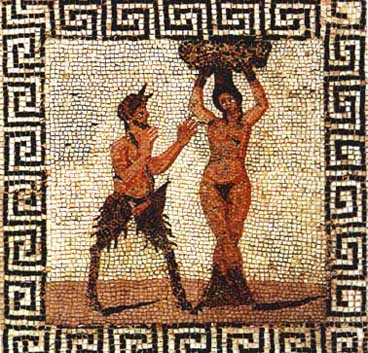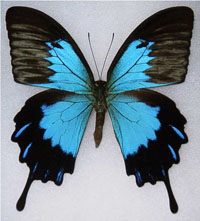'Odyssey' - The Sequel

Penelope has come down through the centuries as the very image of faithfulness, but conflicting versions do exist in classical Greek writing.
In one version it was well known that Penelope was unfaithful and when Odysseus returned home, he threw her out of the house and she returned to her family (Pausanias). Another tells of how Penelope had an affair with Hermes or Apollo as well as many of the suitors and she gave birth to Pan (Apollodorus). This prompts some to defend her honor - it must have been another Penelope!

The image above of Penelope before her loom is by Max Klinger, a German Symbolist painter and sculptor active in the late 19th-early 20th century. This painting is from 1895. The image below is of Pan in a mosaic from Pompeii. His intentions seem clear; hers not so much.

In another spin-off, it turns out that Odysseus had a son by Circe, named Telegonus. Years after the conclusion of the Odyssey, Circe sends him out to find his father. During the voyage, Telegonus raids Ithaca, thinking it's some place else. Odysseus defends his island and, not knowing who he is, Telegonus kills him with a magic spear dipped in stingray poison. Realizing what has happened, he takes his father's body back to Circe and takes Penelope and Odysseus' other son Telemachus with him. Circe makes them all immortal and marries Telemachus, while Telegonus marries Penelope. It all seems a bit odd. This sequel is known as the Telegony, which doesn't survive except in secondary sources that refer to it. But there is a butterfly named after it...

Finally, Nikos Kazantzakis took a crack at it in the epic poem The Odyssey: A Modern Sequel (1938). In it, Odysseus can hardly wait to leave Ithaca again. Penelope is scared of him and he is bored with her, so off he goes again with some fellow adventurers. He runs away with Helen for a bit, eventually turning more ascetic and philosophical, even making it to Antarctica! His grave in Crete is shown up top.
